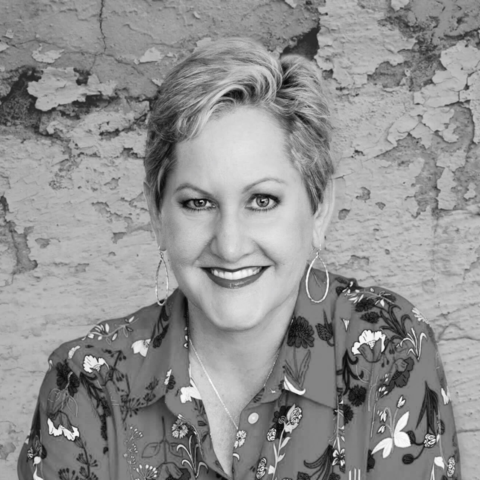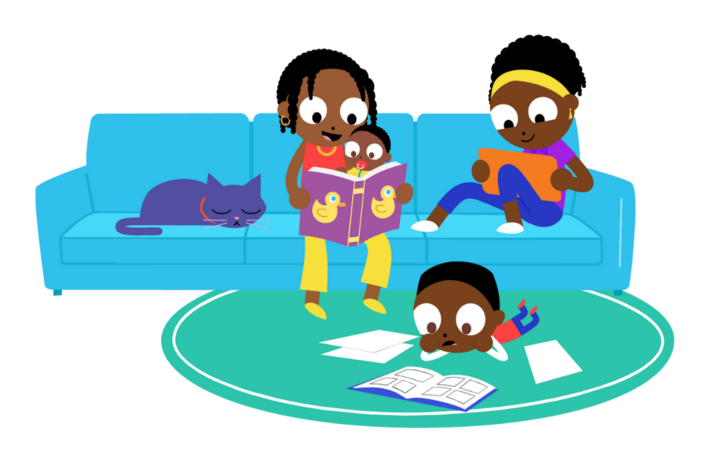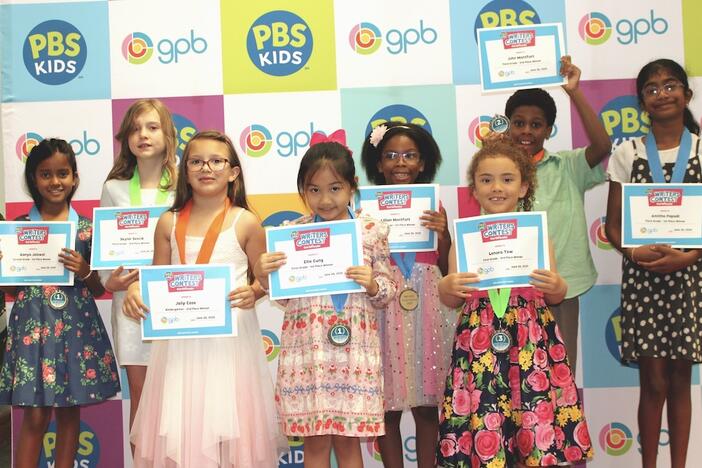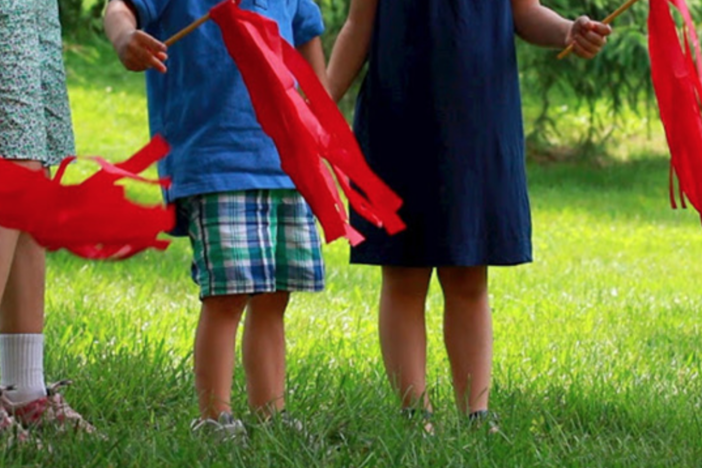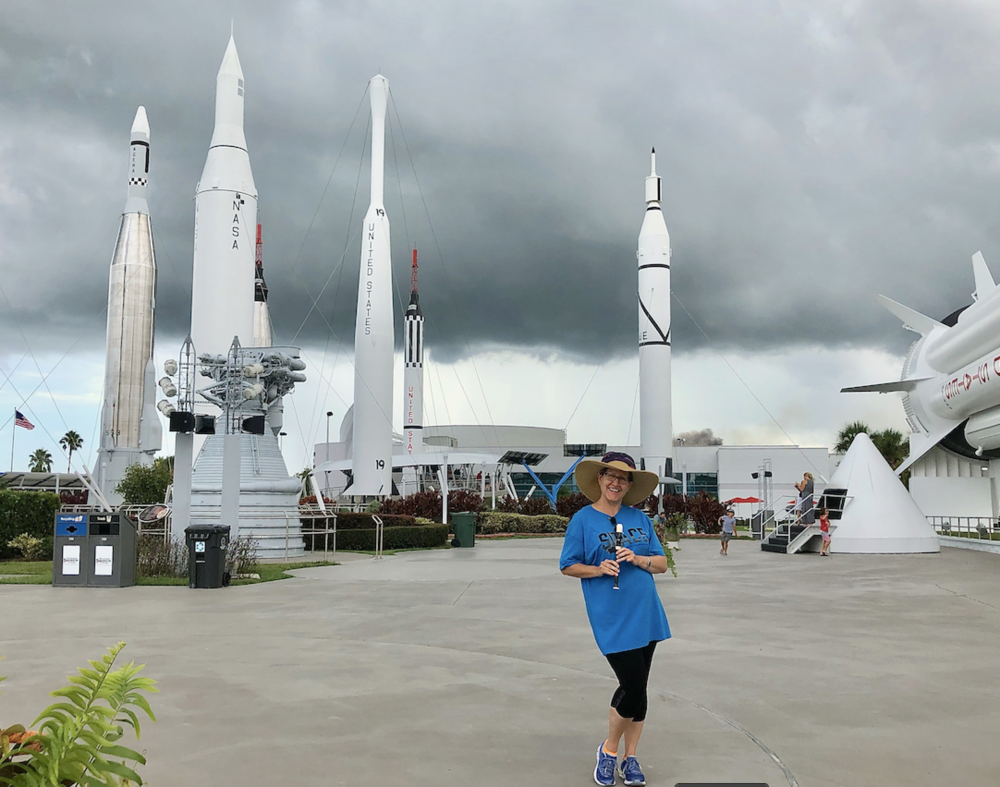
Section Branding
Header Content
Recorders To Rockets: Connecting Music To STEM
Primary Content

Recorders to rockets?
Let me throttle back and get you caught up on how this happened.
Some of you learned how to play the recorder years ago in your elementary music class. Recorders are great little instruments that are easy to play and inexpensive. Students learn how to read music notation and memorize songs as they noodle their way through recorder class. This is great preparation for moving up into a band class with much more robust instruments. Some schools offer recorder class as early as third grade, while others wait until fourth or even fifth grade.
A few years ago, I tried something new in my music classroom. I taught the recorder to middle school students.
I had my own music teaching business teaching general music classes to home school students. Each year I had a different crop of students and this particular year, I had a lot of middle school students. Because I was my own boss, I had more flexibility with my curriculum than I had when I taught at a private school. This flexibility allowed me to try new things and innovate.
My students had never studied the recorder before, and I wanted them to learn how to read music and play a simple instrument. Each student received a beginner recorder workbook that included easy folk songs. Since beginner recorder literature is typically written for younger students, my middle schoolers were not as interested in the songs. Folk songs like "Mary Had a Little Lamb" and "Hot Cross Buns" were just not cutting it for my savvy 10 to 13 year-old students. They were not practicing as much as I wanted them to, and some students were not retaining their music notation lessons. Something needed to change.
During this time, two things happened. One, I became a space fan. My older son changed his major in college from mechanical engineering to commercial space operations. I didn’t know anything about that field so l researched it. This career field includes everything outside of engineering that is needed for a successful space mission: mission control, rocket manufacturing, national and international space policy, satellite design, propulsion, orbital mechanics and human factors.
My own education had been very focused on music performance and education. It had been decades since taking any STEM classes and it was time for me to brush up. Websites and YouTube provided excellent learning resources and soon I was able to chat with my son about what he was learning. I was on a quest to find common ground so that I could have informed conversations and connect with him.
Something else happened: my recorder students shared their love of Star Wars with me. Because they were such big fans, I had a photo made of me standing next to a model of the Millennium Falcon, when I chaperoned my younger son’s school trip to Walt Disney World. I laminated a copy of the photo and put it on the wall in my music classroom. It earned me some street cred.
One day when my students were chatting about Star Wars before class, in an effort to rein them in, I told them about current launch vehicles like SpaceX Falcon 9 reusable rockets. They were immediately interested, crowding around me, eyes bright, eager to learn more. Their attention spans for rockets were much greater than for recorder music.
On the drive home from class that day, I wondered whether they would be more engaged in recorder class if they had music about space and rockets instead of "Merrily We Roll Along"? I searched online for space-themed, beginner recorder music. NASA’s STEM website offered an intriguing musical about the solar system for high school students, however it was not easily adaptable for my recorder students.
Only a few days remained as I still had to prep for my classes, and wasn’t able to order music online, only to discover it wasn’t a good fit.
I tried something new...again. I said, “This can’t be that hard. I’ll compose my own space music. It’s not rocket science.” The students only knew how to play four notes, B, A, G and C. They needed simple, short pieces.
After watching YouTube tutorials on how to use music writing software, and composing a short recorder piece, I asked my sister, Lisa Hasselback, who is also a music educator and professional jazz pianist, to help me with an accompaniment. Now I was ready to go.
The space music was a hit, and the students LOVED IT! I printed colorful pictures of grid fins, the steering mechanisms on SpaceX rockets and set them on their music stands with their new recorder piece. We started the class by looking at the pictures, and had a learning moment about how grid fins guide the first stage of the rocket booster back down to earth, so it can be reused. Then we transitioned to the music. They were much more focused, ready to dive in to their music lesson.
Recorder class was so much better that day. I had put a lot of time into the lesson prep that week, and the pay-off was enormous. I was very pleased and greatly relieved that it had worked. Class ended with them asking, “What are you going to write for us next week, Mrs. Orth?”
Right. Yes, what was I going to write?
Driving home that day from class, I thought about how to repeat this one-of-a-kind, space/music lesson. I decided to reuse the accompaniment and compose a variation on the Grid Fins song. More space topics, music sight reading practice, and color photos ensued. I created notebooks for classroom use. The students wanted to look ahead to see all the pictures in their notebooks. I saw this as a learning opportunity. They had to play their music well enough before we could turn the page together.
Leadership qualities bubbled up. Students began mentoring their classmates with reminders not to play in the rests. Repetition and effective practice of their music earned them the right to turn the page in their recorder notebooks. They thought their reward was to learn more about space. They learned music reading skills without even realizing it.
Meanwhile, I was composing new music each week. My students loved the space themes that centered around astronauts on the International Space Station and travel to Mars. I taught them how to spot the ISS in the night sky, once I figured it out myself. After reading on-line about how to spot the station, and still not understanding how to do it, I called my son in college and asked him to explain it to me. His answer was not what I wanted to hear. He gently told me, “Mom, you will learn it better if you figure it out for yourself.”
Insert copious amounts of parental and adult frustration along with equal portions of pride in my son for being a good teacher. I went back to the internet to research more articles where I learned new vocabulary and found clearer instructions. I hadn’t looked at a geometry textbook since 1982. I have no shame in admitting I had forgotten much of what I had learned then, so I felt like I was learning something new. I took my refreshed rudimentary geometry skills into my music class. Using my phone’s ISS Spotter app, I showed the students where to look in the night sky and how to calculate the overhead angles. We stretched our arms, one out in front and one directly overhead, to estimate 90-degree right angles. To estimate a 45-degree angle, we simply lowered the overhead arm halfway down towards the other arm.
In February 2018, we watched the highly anticipated launch of the SpaceX Falcon Heavy Demo with its payload of a Tesla Roadster sports car and Starman, the SpaceX mannequin in the hip space suit. I am not one to let a good learning opportunity slide by. For this occasion, I composed six progressively more difficult recorder pieces about Starman. The students were ready and willing to practice and improve, so that they could advance to the next piece in the Starman suite.
We were reaching our stride, developing a great groove for the school year.
This historic launch elicited amazing class discussions about the future of space travel, isolation, and being away from family and loved ones. Who would have predicted we would experience a global pandemic two years later where those same themes affect us all?
Let me pause here for an observation. It had never occurred to me that learning about space exploration would motivate students in the development of music reading proficiency on the recorder. It was so rewarding to see it happen.
I asked the students for input so I could write a song with lyrics. One student asked, “Is there sound in space?” I didn’t know, so I looked it up.
Composing music and lyrics was taking up a lot of my time. Call me Space Mozart. Soon, I asked them to look things up themselves. This is how I got middle school boys to write rhyming poetry about the moon. They did their own research on NASA’s website, wrote super fun lyrics about Skate Parks on the Moon and Moon Hang Time Vacation.
One student asked how astronauts barf in space. I had just been reading accounts from Canadian Astronaut Chris Hadfield and U.S. Astronaut Scott Kelly about their experiences adapting to zero G and their crew mates’ experiences adapting to living on the ISS. I set out to write a song, Barfing in Space. The rhymes were produced by a gleeful 9-year-old boy and his sisters while they were on a car trip from Georgia to Houston. Their mom texted the rhymes to me about every 50 miles.
Debuting that song in class was a thrill. Class began with a short explanation about how nausea is a serious issue for rookie astronauts. We learned about NASA barf bags, laughed a lot as we sang through the song, then played it on the recorder. It was a musical stretch for them, but they maintained concentration and focus, and mastered it by the end of class. And yes, the middle school boys made plenty of disgusting retching noises that day all in the name of space exploration.
My students visiting Houston asked their parents to take them on a field trip to NASA’s Johnson Space Center. Their tour guide in the Neutral Buoyancy Lab was impressed with their answers and he asked them how they had learned so much about space. They told him, “We learned about it in our music class.”
For the WIN!!!
As the school year drew to a close, I assessed my classes once again. I had started the year wanting to teach them how to play the recorder and read music. Due to a cosmic mismatch between their ages and the beginner recorder literature that I initially used, we set out on a musical space odyssey of epic proportion.
My middle school students engaged 110% in music class. All of them practiced their recorders and researched space exploration topics at home. They explored multiple disciplines, including astronomy, geometry, space flight current events, and space transportation. The class sang songs about black holes and Pegasus barges ferrying rocket sections along the Mississippi River to NASA’s Kennedy Space Center. Two brothers learned about the historic Apollo missions by building a Saturn V rocket out of Legos. It was a labor of love to carefully transport the rocket in their mom’s mini van to show the class. The weekly music class had become an emotional investment for everyone. The students and I had so much fun!!! We were in the zone.
Look what “trying something new” got us.
So. Much. Learning. Took. Place.
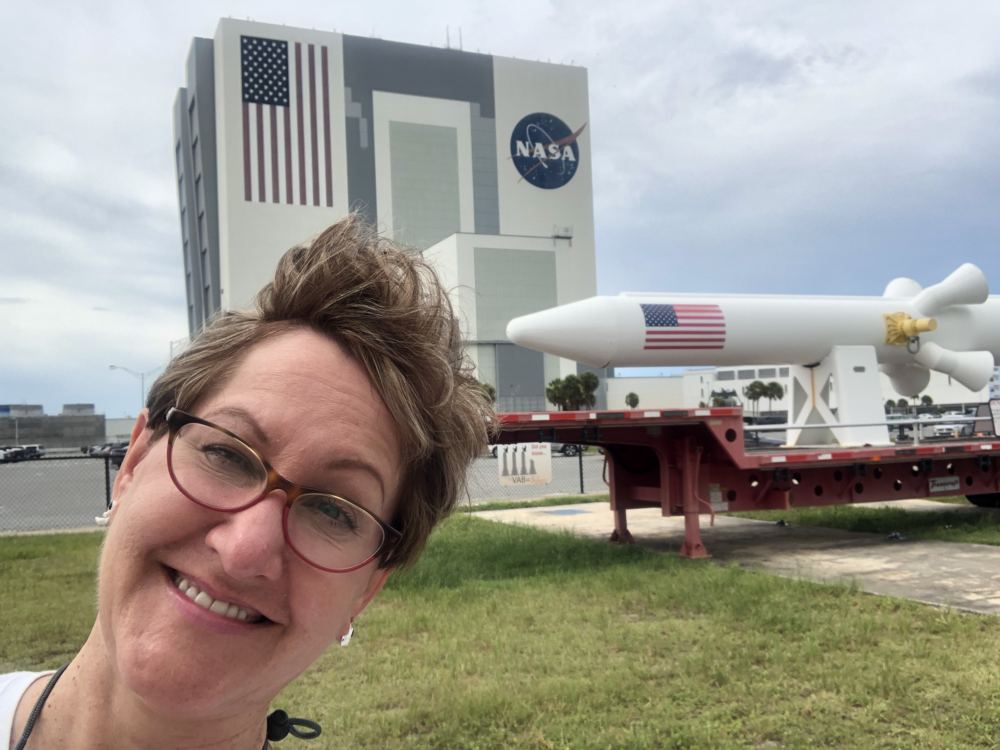
My students took charge of their own education by actively participating in it. We learned innumerable new things that year. We embraced organic, interdisciplinary, “across the curriculum” STEAM learning and sparked unexpected reserves of creativity.
This proves that the arts and the sciences can and should coexist to develop creative people.
What a year we had in music class.
It was out of this world!
How teaching middle schoolers how to play the recorder helped them develop a love for music and space.

